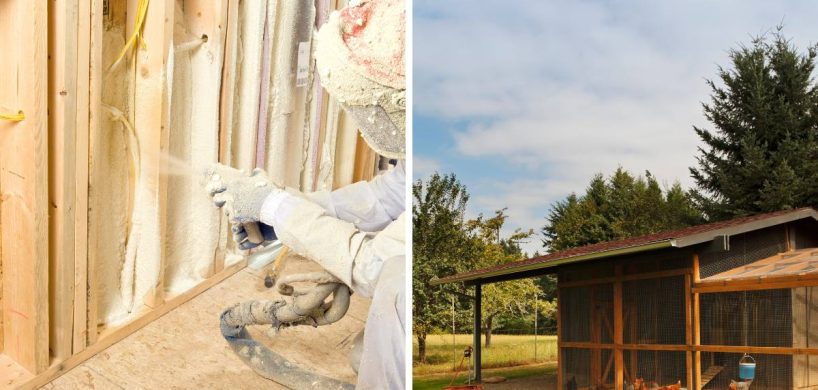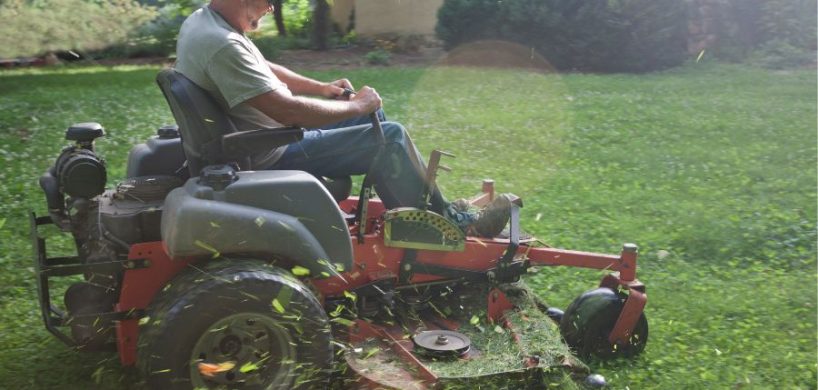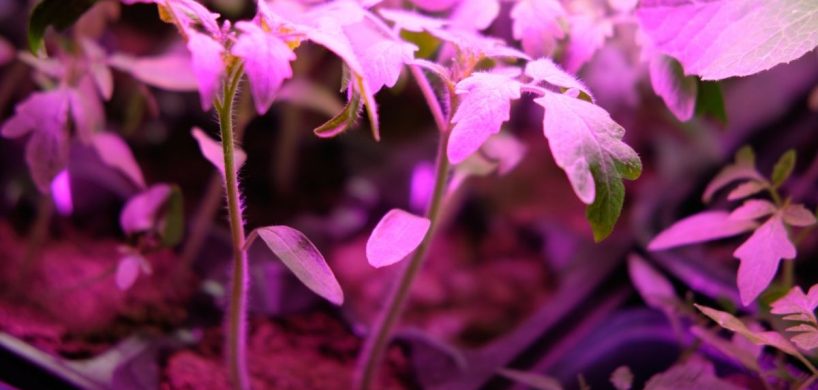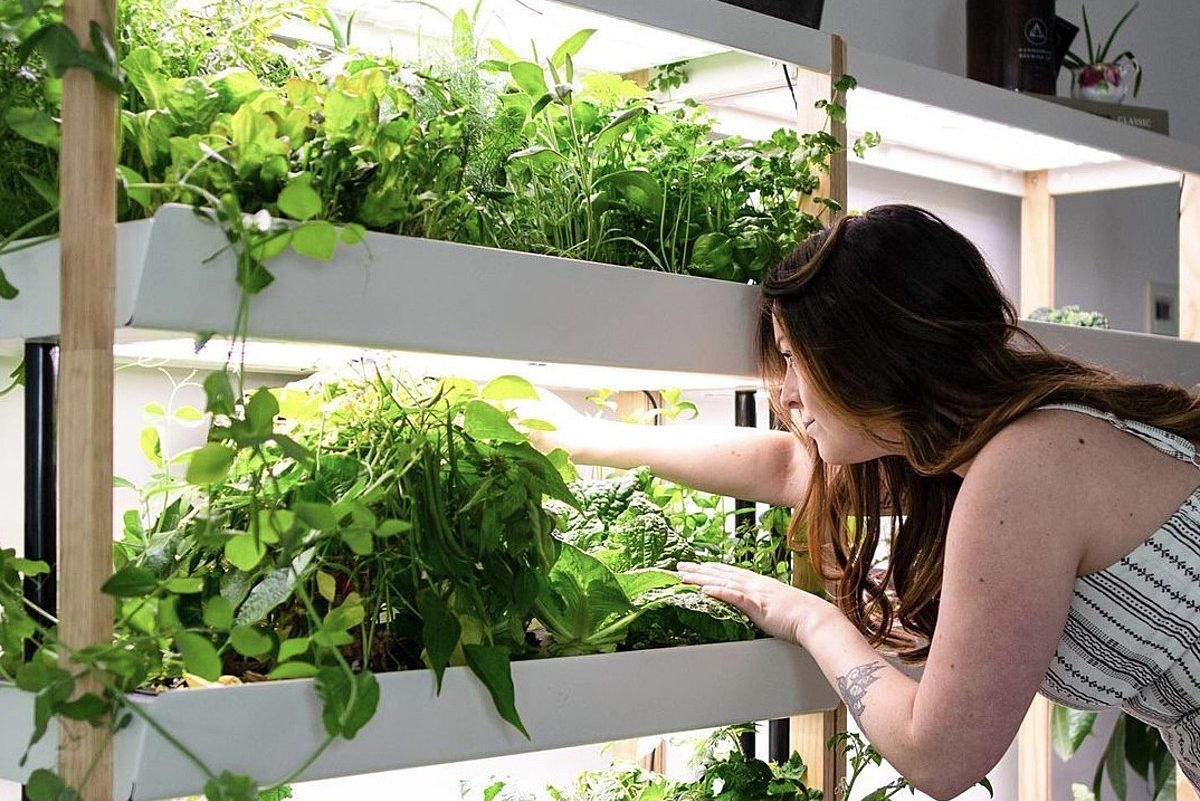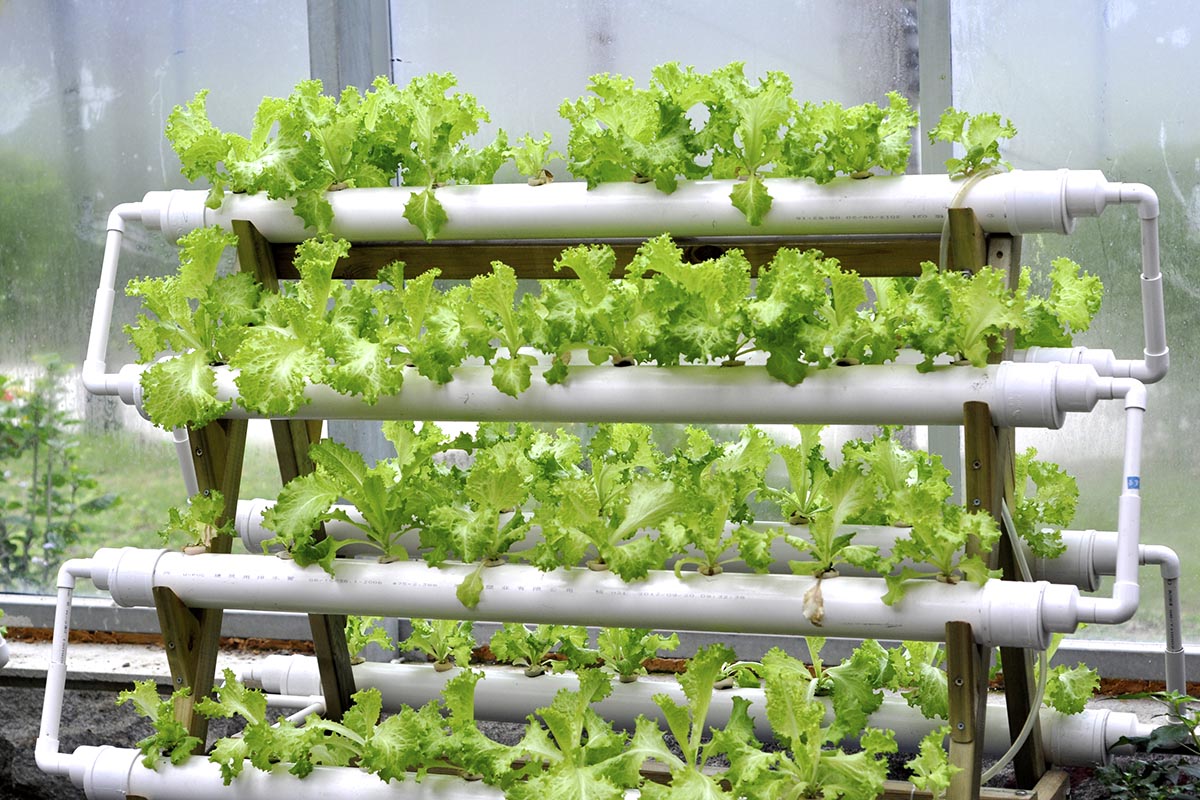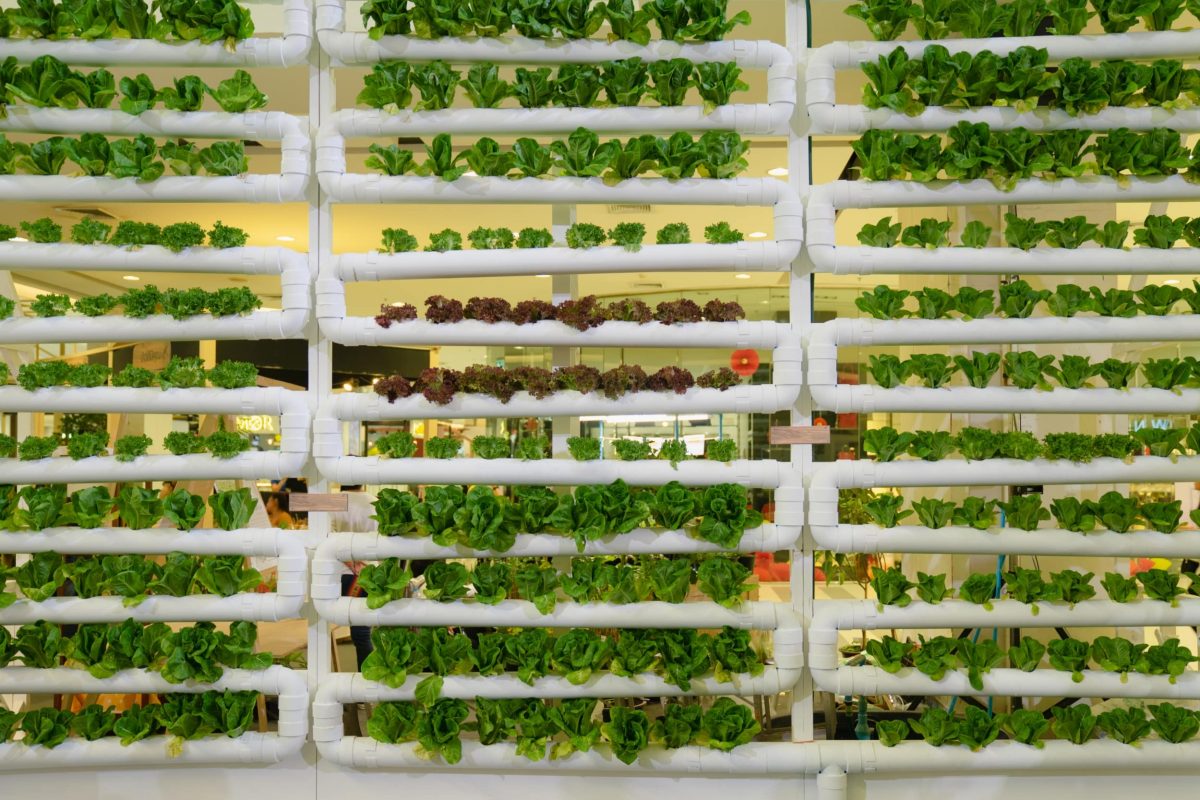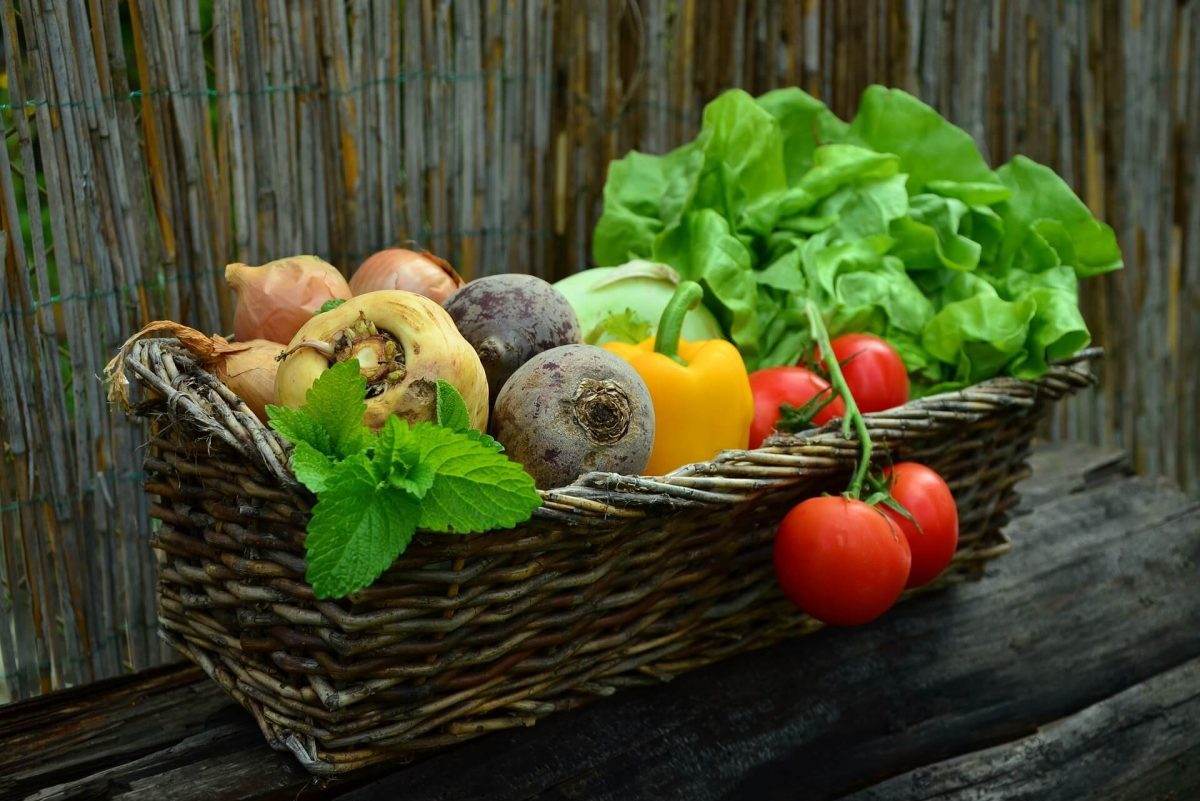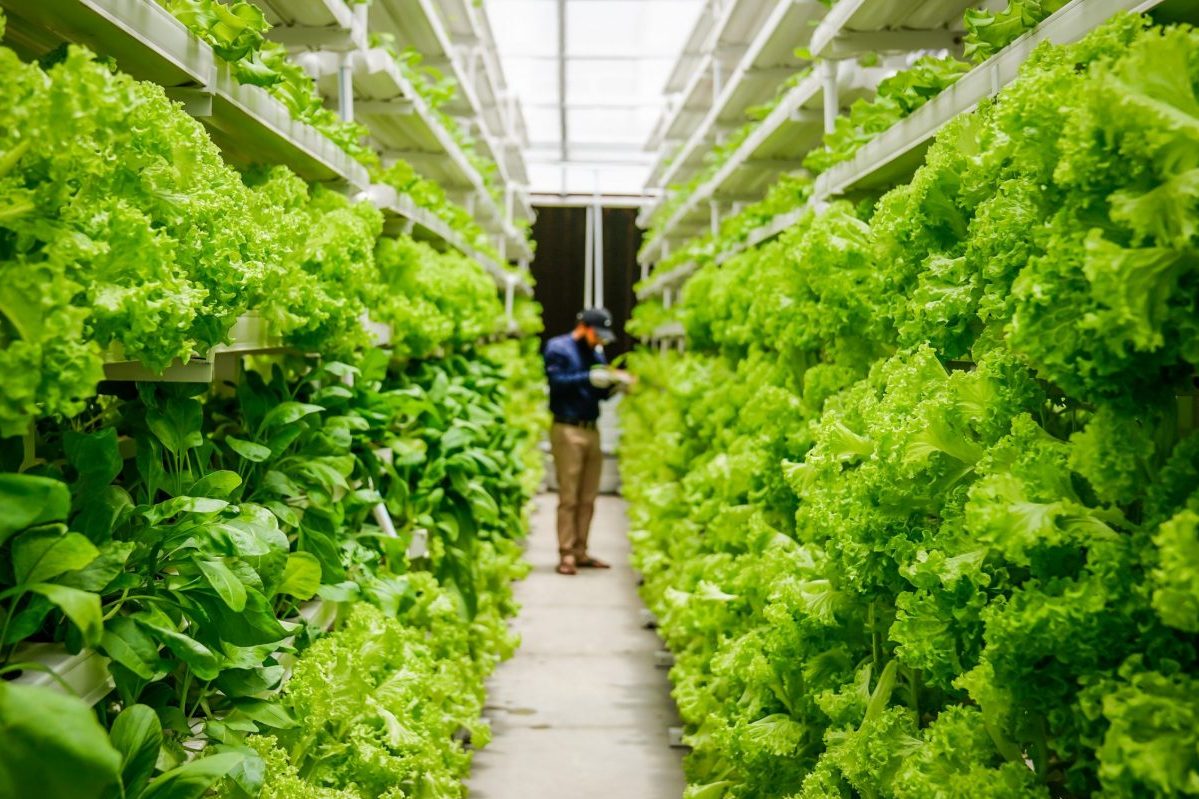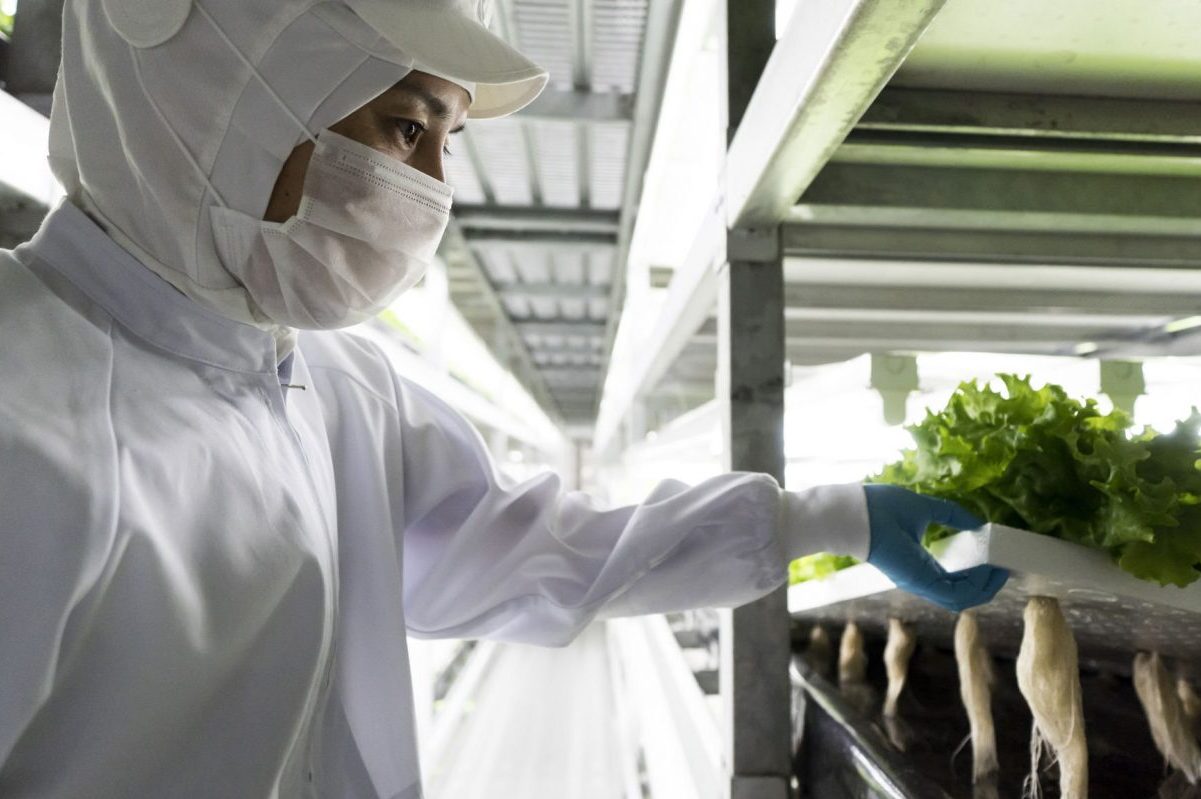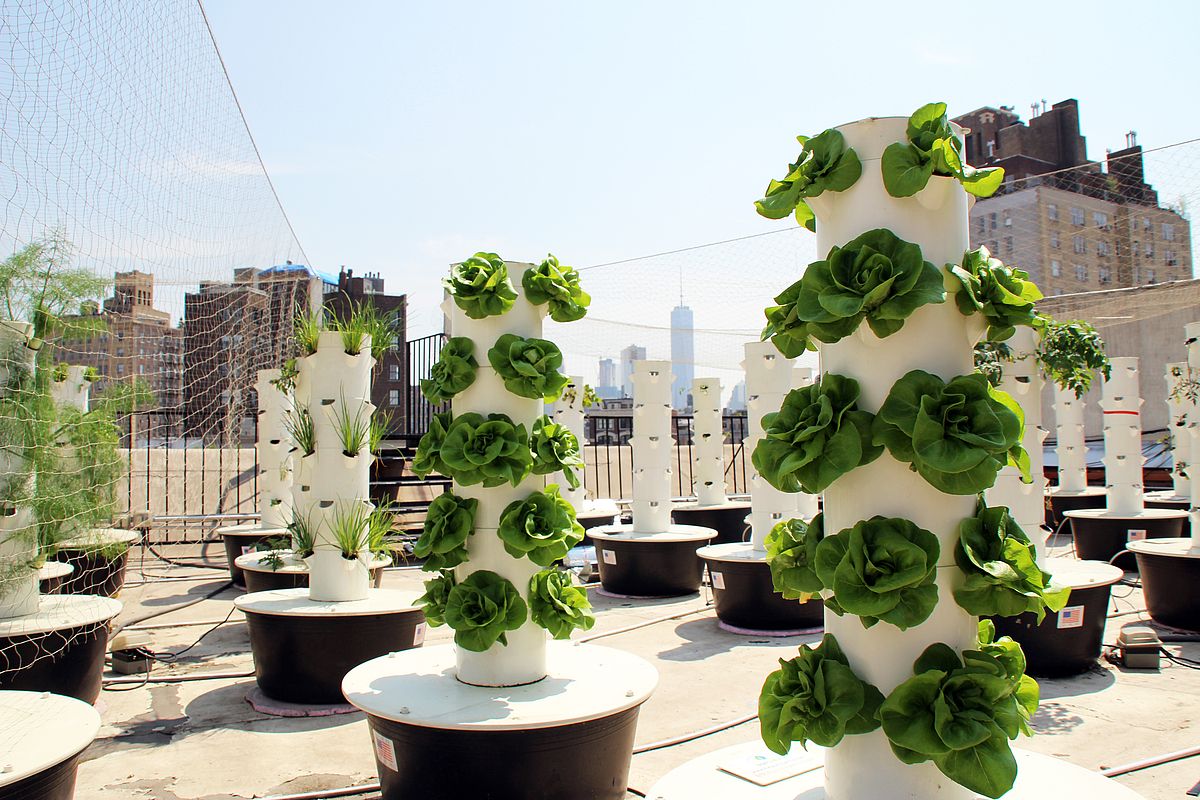Hey there! If you’re diving into a DIY project for your backyard, specifically building a chicken coop, you might want to consider using spray foam insulation. Spray foam is a versatile material that expands to fill cracks and crevices, forming a tight seal. It’s known for its excellent insulation properties, which can be a game-changer in keeping your coop comfy and cozy for your feathered friends. Plus, a quick tip right off the bat: to get spray foam off your hands, rub them with a combination of vegetable oil and dish …
The Benefits of Using Spray Foam Insulation in Your Chicken Coop
